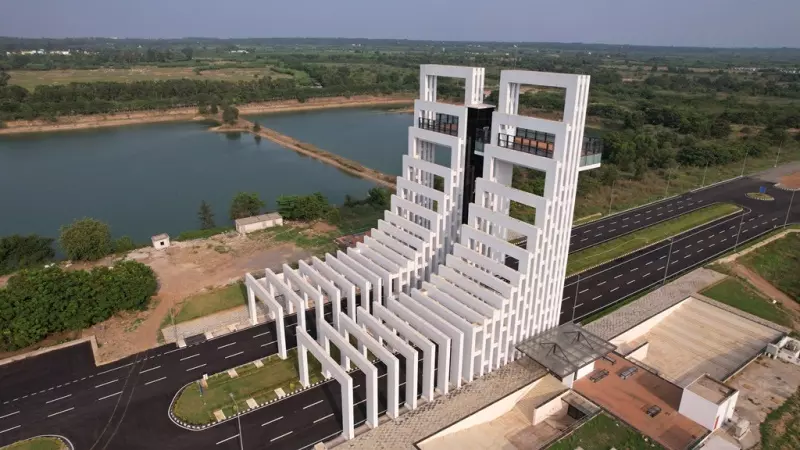Gopalpur Industrial Park: Leading India's Green Industrialisation Drive
Key Ideas
- Gopalpur Industrial Park (GIP) inducted into the World Economic Forum’s Transitioning Industrial Clusters Initiative, emphasizing green industrialization in India.
- TSSEZL's commitment to green hydrogen and renewable energy clusters aligns with India's National Green Hydrogen Mission, aiming for global leadership in green hydrogen production.
- GIP earmarks 25% of land for green hydrogen and renewable energy projects, with plans to exceed 2 million tonnes per annum of green ammonia production, attracting investments over Rs 27,000 crore.
- Infrastructure developments like a utility corridor to Gopalpur Port and a desalination plant showcase GIP's dedication to sustainable practices and responsible industrial growth.
Tata Steel Special Economic Zone’s Gopalpur Industrial Park (GIP) in Odisha, India, has achieved recognition by the World Economic Forum for its focus on green industrialization. The GIP is strategically positioned to become a central hub for green hydrogen, green ammonia, and renewable energy equipment manufacturing. By collaborating with key stakeholders and institutions like Accenture and EPRI, GIP aims to accelerate decarbonization and promote sustainability within industrial ecosystems. The park's alignment with India's National Green Hydrogen Mission underscores its commitment to becoming a global leader in green hydrogen production. With substantial investments and agreements in place, GIP is poised to significantly contribute to India's green hydrogen and ammonia targets by 2030. Key infrastructure developments, such as a utility corridor and a desalination plant, highlight GIP's efforts towards sustainable industrial growth and responsible resource management.
Topics
India
Renewable Energy
Infrastructure
Sustainability
Investment
Partnerships
Economic Growth
Water Management
Export Economy
Latest News
